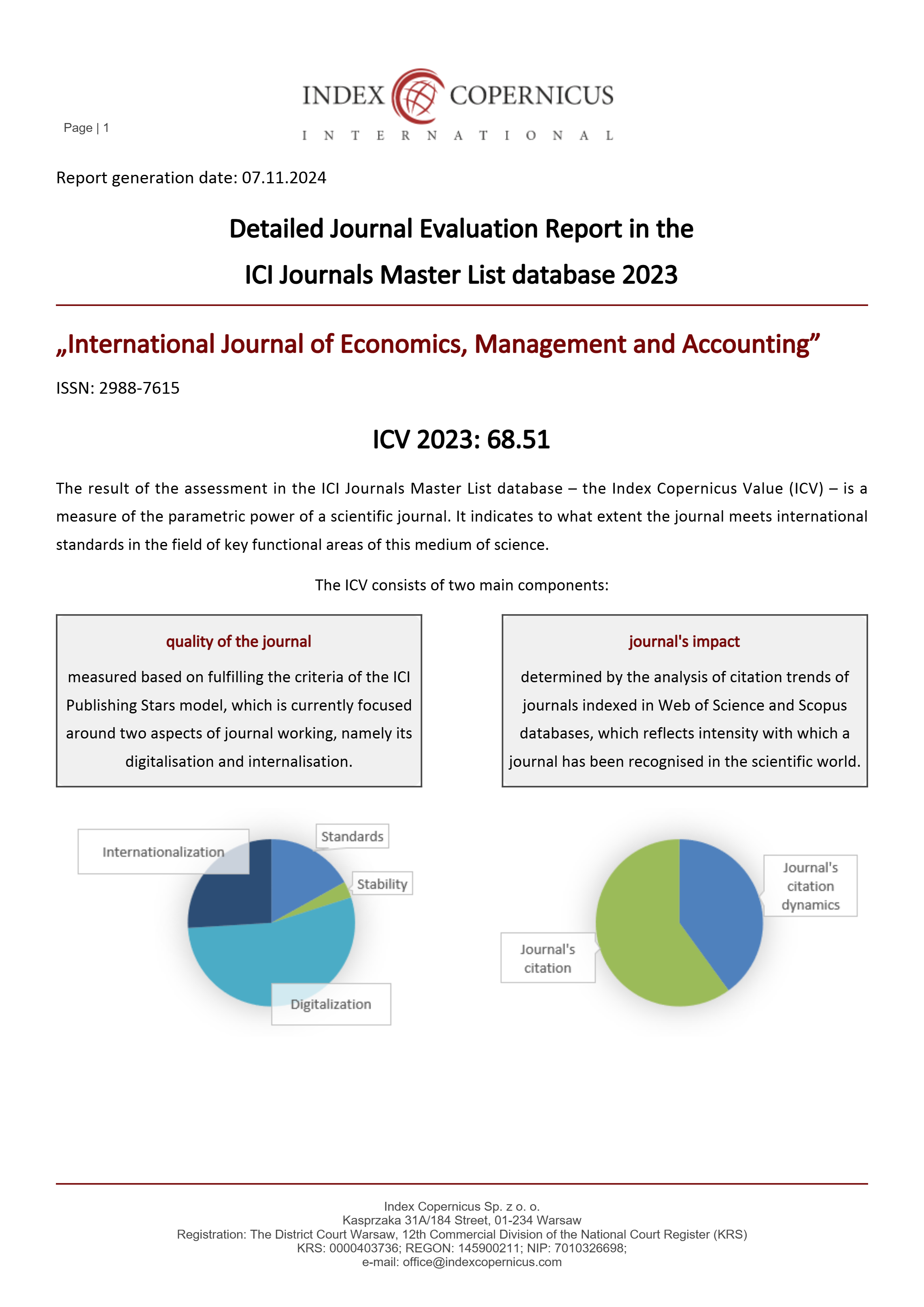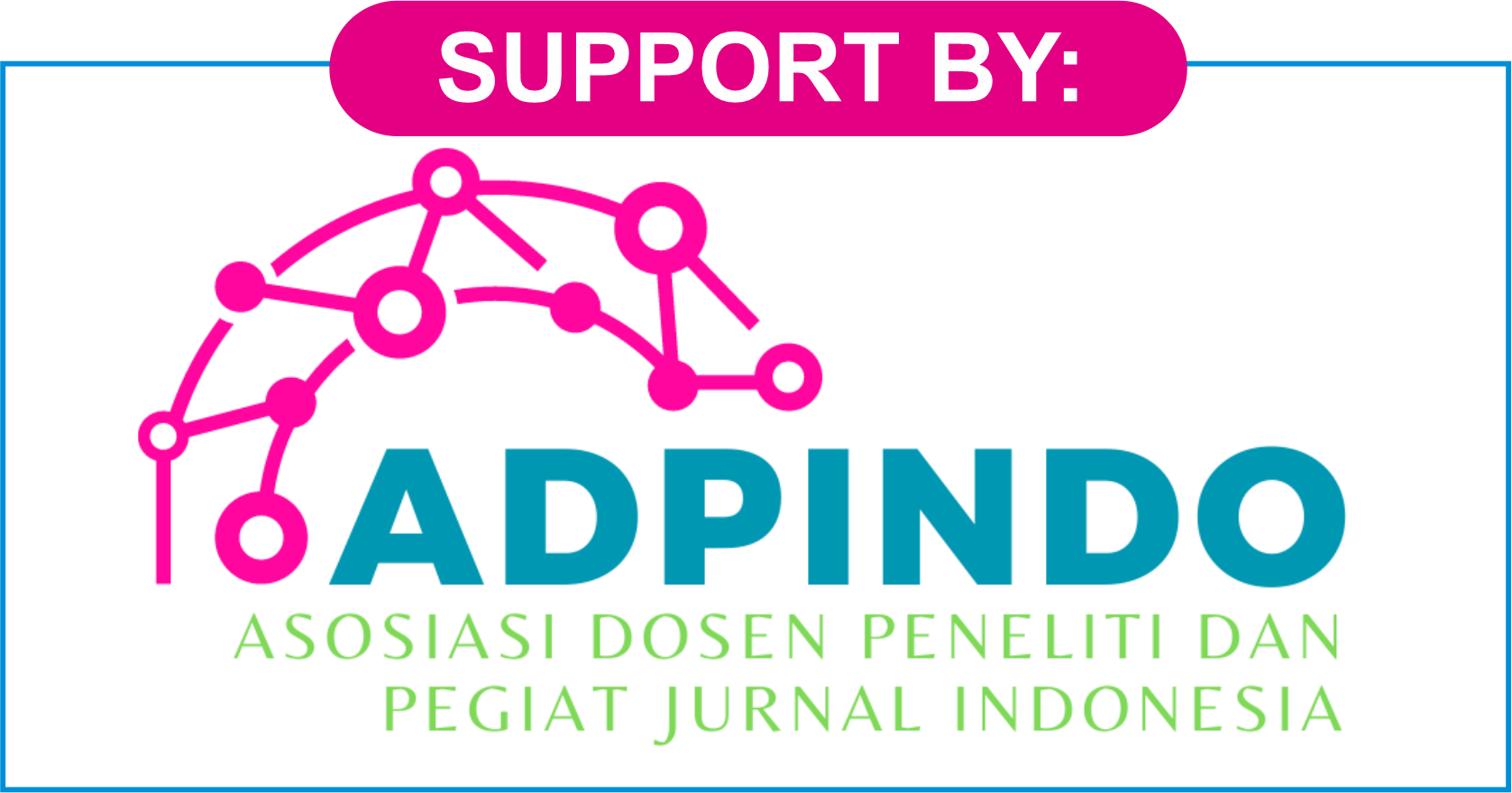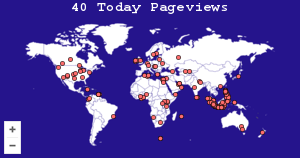Analysis of Marketing Psychology: Understanding Consumer Behavior and its Implications for Business Strategy
DOI:
https://doi.org/10.47353/ijema.v2i5.215Keywords:
Marketing Psychology, Consumer Behavior, Consumer Decision-MakingAbstract
Marketing psychology is a critical field that examines the cognitive, emotional, and social factors influencing consumer behavior and decision-making processes. In an era where consumer preferences evolve rapidly and brand loyalty is highly competitive, understanding the psychological underpinnings of consumer actions has become essential for businesses. This article explores the relationship between psychological theories and marketing strategies, with a focus on how emotions, perceptions, and mental biases shape purchasing decisions. It also discusses the application of psychological principles in consumer engagement, advertising, and brand positioning. By reviewing contemporary literature on the subject, this article highlights key psychological models such as the Theory of Planned Behavior, Maslow’s Hierarchy of Needs, and the Fogg Behavior Model, illustrating their relevance in modern marketing practices. Additionally, it emphasizes the role of psychological insights in developing personalized marketing strategies and fostering long-term customer relationships. The findings suggest that businesses that effectively apply marketing psychology can enhance their customer experience, increase engagement, and ultimately drive higher sales and brand loyalty. This article aims to contribute to the growing body of knowledge in marketing psychology and provide valuable insights for both academics and practitioners in the field.
Downloads
References
Ariely, D., Loewenstein, G., & Prelec, D. (2003). Coherent arbitrariness: Stable demand curves without stable preferences. Quarterly Journal of Economics, 118(1), 73-105.
Cahyani, R., & Indriani, R. (2019). Pengaruh bukti sosial terhadap keputusan pembelian melalui media sosial di Indonesia. Jurnal Pemasaran Digital, 8(2), 12-19.
Cialdini, R. B. (2009). Influence: The psychology of persuasion (4th ed.). Harper Business.
Chevalier, J. A., & Goolsbee, A. (2003). Measuring prices and price competition online: Amazon and Barnesandnoble.com. Quantitative Marketing and Economics, 1(2), 203-222.
Dewi, M. S., & Rachmawati, Y. (2020). Peran bukti sosial dalam pemasaran digital di Indonesia. Jurnal Pemasaran dan Komunikasi, 5(1), 45-53.
Gneezy, U., & Potters, J. (1997). An experiment on risk taking and evaluation periods. Quarterly Journal of Economics, 112(2), 107-139.
Gorn, G. J., & Weinberg, C. B. (2001). Creating brands with emotional appeal: The effects of brand name and product type on consumer perceptions. Journal of Consumer Psychology, 10(1), 1-16.
Hermawan, M. (2015). Pemasaran berbasis psikologi: Teori dan aplikasi dalam perilaku konsumen. PT. Gramedia Pustaka Utama.
Jang, S., & Namkung, Y. (2009). Perceived quality, emotions, and behavioral intentions: Application of an extended Mehrabian-Russell model to restaurants. Journal of Business Research, 62(4), 450-460.
Kahneman, D., & Tversky, A. (1979). Prospect theory: An analysis of decision under risk. Econometrica, 47(2), 263-291.
Kotler, P., & Keller, K. L. (2016). Marketing management (15th ed.). Pearson Education.
Lee, J. A., & Kim, J. (2011). The impact of emotional response to advertisements and consumer attitudes toward the brand. Journal of Advertising, 40(1), 57-69.
Lestari, E., & Suryani, S. (2020). Peran trust dalam pembentukan loyalitas konsumen di e-commerce Indonesia. Jurnal Manajemen Bisnis, 10(1), 102-110.
Lichtenstein, D. R., & Bearden, W. O. (2007). Contextual influences on perceived price and its effect on consumer behavior. Journal of Marketing, 71(1), 74-84.
Mehta, R., & Kaur, H. (2013). Exploring the role of social influence in marketing. Marketing Science, 32(4), 446-465.
Morgan, R. M., & Hunt, S. D. (1994). The commitment-trust theory of relationship marketing. Journal of Marketing, 58(3), 20-38.
Okazaki, S. (2013). Social media and marketing communications: An analysis of the global advertising industry. Journal of Advertising, 42(3), 212-227.
Pratama, M. (2019). Pengaruh framing dalam iklan terhadap persepsi harga produk di pasar Indonesia. Jurnal Pemasaran Indonesia, 7(3), 99-108.
Raghubir, P., & Srivastava, J. (2009). The effect of price on the perceived value of products: Implications for retail pricing strategies. Journal of Retailing, 85(2), 173-180.
Schmitt, B. H. (2012). The consumer experience: A conceptual framework. Journal of Marketing Management, 28(5-6), 594-603.
Setiawan, B., & Aini, R. (2016). Pengaruh emosi terhadap keputusan pembelian konsumen pada produk fashion di Indonesia. Jurnal Manajemen dan Pemasaran, 4(2), 82-92.
Solomon, M. R. (2018). Consumer behavior: Buying, having, and being (12th ed.). Pearson.
Sutanto, R. (2016). Dampak emosi pada keputusan pembelian konsumen di pasar Indonesia. Jurnal Psikologi Konsumen, 5(2), 30-40.
Syafii, A. (2018). Teori psikologi pemasaran dan pengaruhnya terhadap perilaku konsumen di Indonesia. Jurnal Studi Pemasaran, 11(1), 54-61.
Tversky, A., & Kahneman, D. (1981). The framing of decisions and the psychology of choice. Science, 211(4481), 453-458.
Wijaya, A., & Fitriani, I. (2021). Persepsi harga dan kualitas produk dalam pengambilan keputusan pembelian konsumen Indonesia. Jurnal Pemasaran, 9(1), 55-67.
Wibisono, D. (2017). Psikologi konsumen dan implikasinya terhadap strategi pemasaran di Indonesia. Jurnal Psikologi dan Pemasaran, 3(2), 67-75.
Wulandari, A. (2020). Faktor psikologis yang mempengaruhi keputusan pembelian produk fashion di Indonesia. Jurnal Pemasaran dan Bisnis, 6(3), 50-59.
Wolny, J., & Charoensuksai, N. (2014). The role of social media in consumer behavior: The case of Thai consumers in relation to online shopping. The International Journal of Management Science and Business Administration, 1(3), 13-28.
Zainuddin, M. (2019). Pengaruh psikologi pemasaran terhadap perilaku konsumen di pasar digital Indonesia. Jurnal Pemasaran dan Bisnis Digital, 5(2), 23-35.
Downloads
Published
How to Cite
Issue
Section
License
Copyright (c) 2024 Supriyanto, Sri Utami Ady, Nur Sayidah

This work is licensed under a Creative Commons Attribution 4.0 International License.











